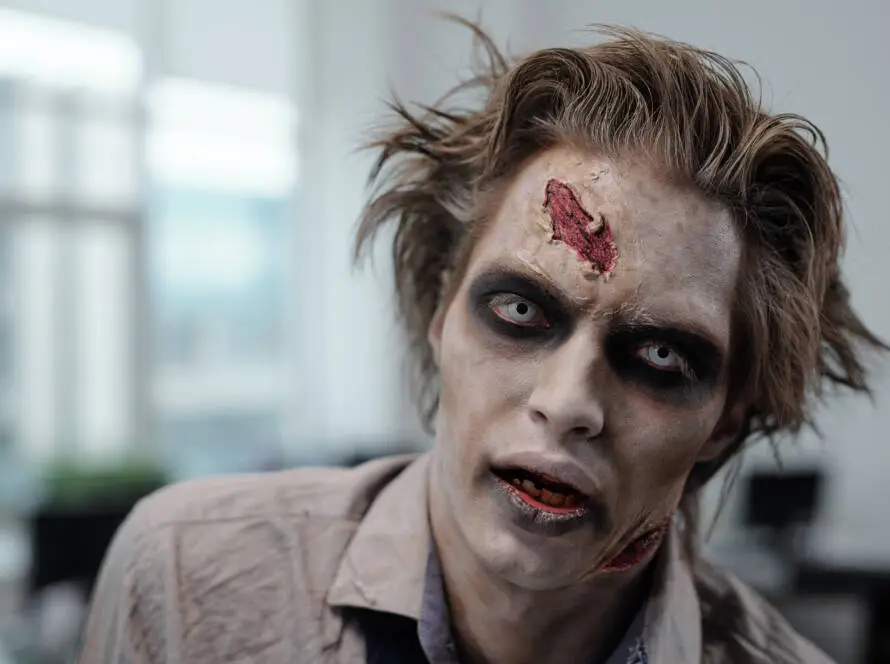Stardate: 1959
“House on Haunted Hill” is a 1959 horror film directed by William Castle. Known for its campy style and innovative marketing techniques, the film has maintained its place in the annals of American cinema. One of Castle’s most famous gimmicks involved the use of “Emergo,” which showcased a skeleton flying over the audience during the movie’s climactic moments. This unique blend of horror with an interactive theatrical experience set the film apart in its era and added to its allure.
Plot Summary
The narrative centers around the eccentric and wealthy Frederick Loren, portrayed by the iconic Vincent Price. Loren invites a group of people to spend the night in a supposedly haunted mansion—a challenge he frames enticingly by offering a substantial cash reward to those who can survive the night. The guests include various characters, each with their own secrets and motivations, drawn to the mansion by the promise of an easy payday.
As night falls, the group quickly realizes that the mysterious mansion is filled with more than just dust and cobwebs. Supernatural occurrences begin to plague them: eerie noises, whispers in the dark, and ghostly apparitions seem to be part of a grand design. The film’s pacing intensifies as fear takes hold, and psychological terror weaves its way through the plot. Audiences are kept guessing about the true nature of the haunting—are the supernatural elements genuine, or are they the result of manipulation by those involved?
Themes and Style
“House on Haunted Hill” delves into themes of greed, betrayal, and the supernatural. Each character’s motivation revolves around money, and their desperation reveals their flaws and weaknesses. The mansion serves as a character in its own right, with hidden passages and a haunting past that contribute to the unsettling atmosphere.
The film creatively blends horror with dark comedy, often resulting in moments that elicit laughter alongside chilling thrills. Vincent Price’s charismatic performance as the cunning Frederick Loren adds richness to the film, allowing him to effortlessly oscillate between charm and malice. His presence elevates the storyline, captivating the audience while keeping them on the edge of their seats.
Visually, the film captures a classic haunted-house atmosphere, infused with shadows and suspenseful lighting that heighten the eerie atmosphere. The decor, with its cobweb-covered chandeliers and ominous portraits, enhances the story’s chilling undertones.
Reception and Legacy
Upon its release, “House on Haunted Hill” was a commercial success, proving that audiences craved unique and engaging horror experiences. Over the years, it has morphed into a cult classic, remembered not only for its campy charm and innovative marketing but also for its way of blending traditional horror tropes with a touch of ironic wit.
Several remakes and adaptations have followed, including a well-known 1999 version that reimagines the story for a new generation while paying homage to the original. The film’s legacy is reinforced by its influence on the horror genre—its mix of humor and frights has paved the way for future filmmakers, inspiring them to explore a more playful approach.
Final Thoughts
Overall, “House on Haunted Hill” remains a significant film within the horror genre, encapsulating the style and flair of 1950s horror while showcasing the creativity of William Castle and the indelible charm of Vincent Price. Through its unique blend of horror, humor, and clever marketing techniques, it has left an enduring mark on the landscape of American cinema. The film invites modern viewers to reflect on the nature of fear, the intricacies of human desire, and the ghosts that haunt us, making it a timeless work in the realm of horror.
Viewing Options
You can watch “House on Haunted Hill” on various platforms, including:
- Internet Archive: Offers free streaming and downloads of the film.
- YouTube: Many versions of the film are available for free viewing.
This film remains a significant achievement in cinema history, celebrated for its artistic innovation and exploration of psychological horror.
Disclaimer:
The information provided in this blog is for informational purposes only and should not be considered professional advice. While we strive to provide accurate and up-to-date information, we make no guarantees about the completeness or reliability of the content. Any actions you take based on the information in this blog are at your own risk. Additionally, this blog may contain affiliate links, and we may earn a commission from purchases made through those links.


